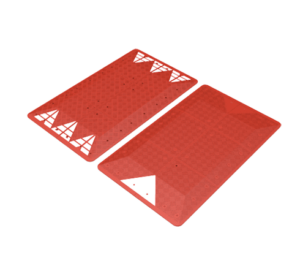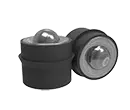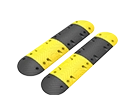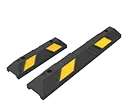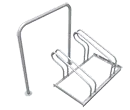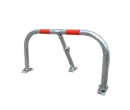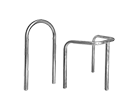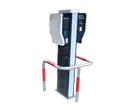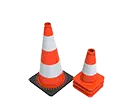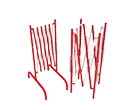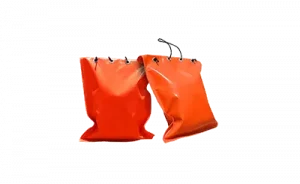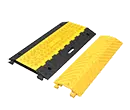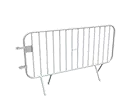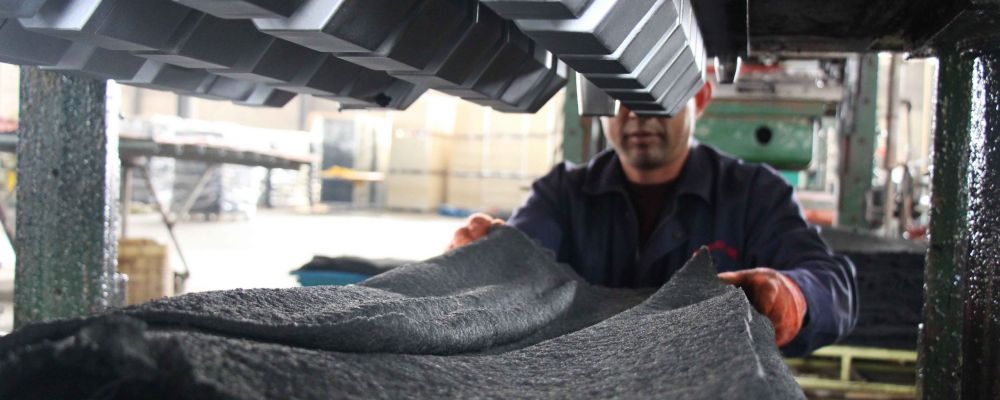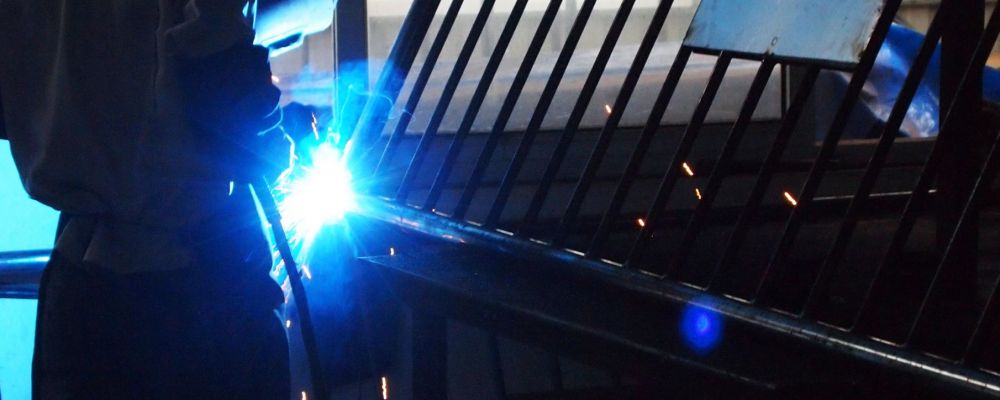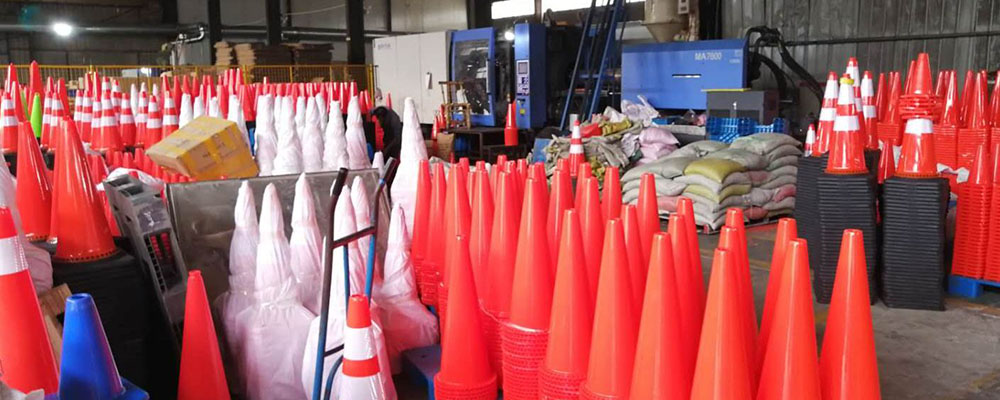Discover various sandbags for different functions!
When most people think of sandbags, they think of the heavy, awkwardly shaped custom bags used to weigh down doors, signposts, and windows during a hurricane. In reality, it’s a bag of sand or dirtbag made of hessian (burlap bags), polypropylene, or other sturdy materials filled with soil or sand.
Despite being used for weighing down objects, sandbags can also have many other uses. Different types of sand bags can be used for different purposes, from flood protection and storms to training for fitness.
Read along and learn about sand bags and their specific functions. Let’s get started.
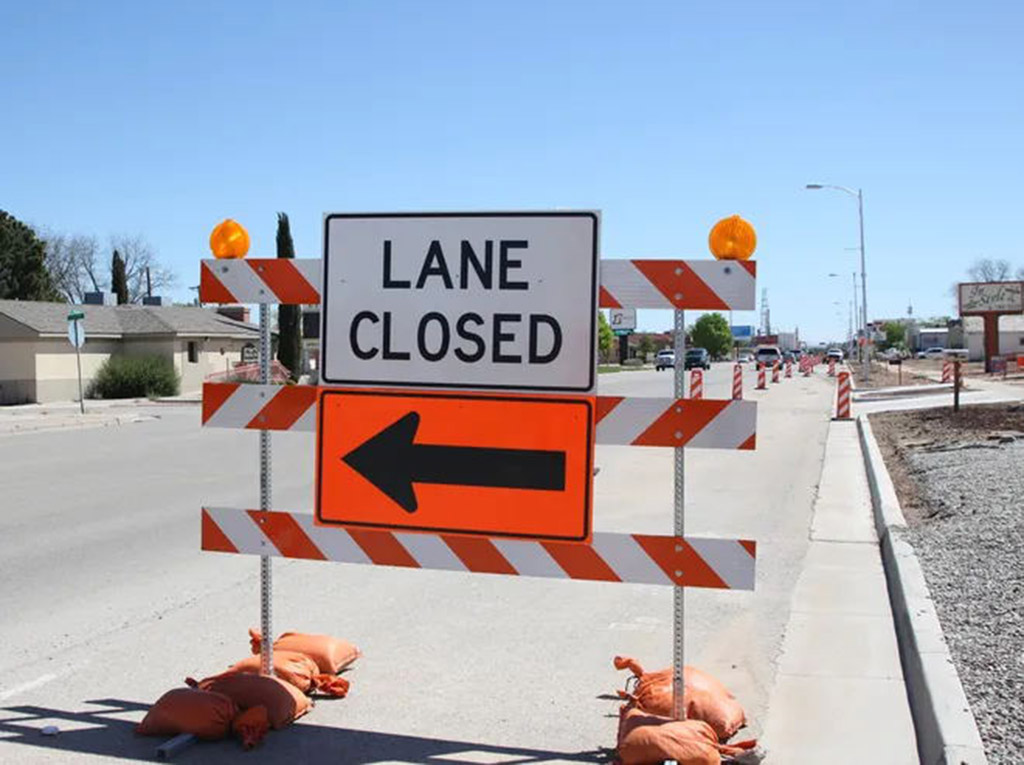
Learn everything about the various existing sand bags
The most common way to use a sandbag is to fill it with sand or soil and use it as a weight. This can be useful for stabilizing tents, tarpaulins, and other objects in high winds. Sandbags can also weigh down doors and windows during severe weather conditions like hurricanes.
Another way to use a sandbag is to fill it with water and use it as a makeshift dumbbell. This will add resistance to your workout routine without buying expensive equipment. Fill the bag with water, seal it tight, and lift away!
Depending on your needs, there are many other ways to use heavy-duty sandbags. For example, you can fill a sandbag with rice and use it as a heating pad in cold weather. This may come as a surprise to you.
But you can fill a sandbag with cat litter and use it to absorb spills and messes. Yes, you heard that right; the possibilities are endless!
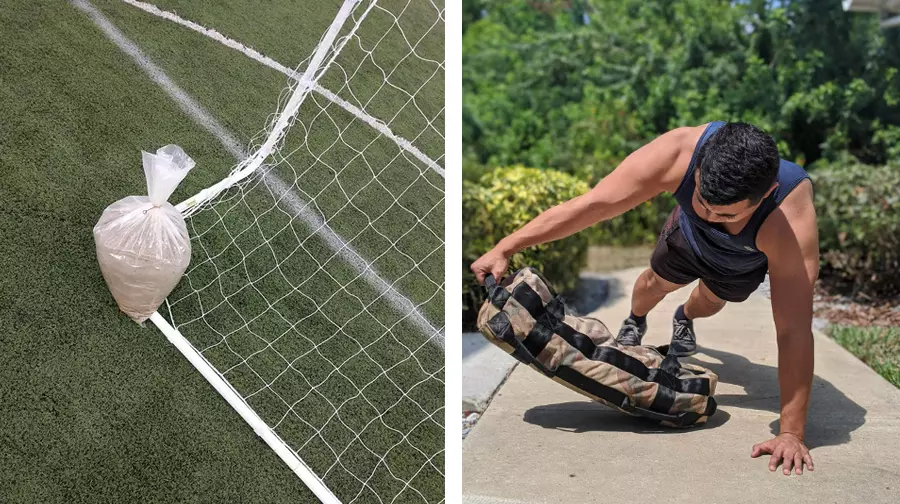
How does a sandbag barricade work?
One of the most frequent uses for sandbags is to create a barricade during emergencies. This can be useful for blocking off floodwaters (flood control system), preventing soil erosion, or creating a barrier around a construction site.
To create a sandbag barricade, fill the bags with sand or soil and stack them on top of each other. You can tie the bags together with rope or zip ties for extra stability. Sandbag barricades are a great way to protect your property from damage.
However, it is important to note that they are not foolproof. If the water level is high enough, sandbags can be swept away by the force of the water. In addition, sandbags can degrade over time and may need to be replaced every few years.
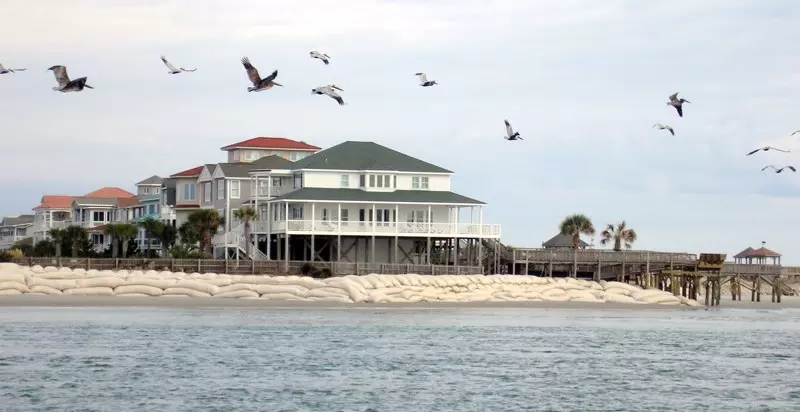
Can orange sandbags stop flooding?
Floodwaters can be dangerous, even deadly. Although sandbags can lessen the effect of flooding, can orange sandbags (another variant of sandbags) reduce flooding?
It should be noted that orange sandbags are specifically for traffic management, mainly for weighing down signages and keeping them stable. Since they are orange, the vibrant, alarming colour increases the awareness level of the motorists and helps them know that there are signages ahead.
But wondering whether these sandbags can help to overcome flooding. The answer is yes; they can. In fact, they are equally effective in reducing floodwaters. When properly stacked, orange sandbags are a powerful economic protection system against flood defence.
Orange sandbags, especially woven polypropylene and PVC bags, are strong and can strengthen existing flood control structures. When you use orange sandbags and construct them correctly, they divert floodwater away from or around buildings.
Using clean-washed sand is recommended to fill them up to half or two-thirds of the height. The structure will not be adequately sealed if you fill it with over two-thirds of the capacity. Gravel or dirt is also an option, but they are less effective than washed sand.
The orange bags of sand should be stacked lengthwise and parallel to the floodwater flow, with the folded or open end facing upstream.
The materials above the placement surface and the lowest regions of the area to be flooded should all be cleaned up, and sandbags should be used to fill those locations first.
To minimize voids and improve the wall seal against flood damage, subsequent sandbags should be offset by 1/2 of the length of a sandbag. Each bag should be tamped and flattened to enhance the seal in a flood situation.

What are the common uses of a sandbag?
The most common use of sandbags is to prevent or reduce flood damage. Sandbagging can be used to construct barriers around homes, businesses, and other structures to protect them from floodwaters. In addition, sandbags can fill in holes or cracks in levees and dikes.
Other common uses for sandbags include:
- Erosion control: Sandbags prevent or reduce erosion by stabilizing soil on slopes and embankments.
- Traffic Management: Sandbags are commonly used as ballast to weigh down traffic control signs, stop signs, and regulatory signs. They are essential to keep these signages in place.
- Weightlifting: Sandbags filled with sand or water can be used as weights for resistance in training exercises.
- Heating pads: Sandbags filled with rice are used as heating pads in cold weather.
- Cat litter bags: Sandbags filled with cat litter are used to absorb spills and messes.

What materials can sandbags be filled with?
Here are some materials that you can use to prepare your sandbag sacks:
- Dirt: Dirt is the most common filler used in sandbags. It is inexpensive and readily available. However, dirt can be messy and difficult to work with. In addition, dirtbags are more likely to leak than other sandbags.
- Sand: Sand is another common type of filler for sandbags. Sand is less messy than dirt and creates a more effective barrier. However, sand can be more expensive than dirt and may not be available in some areas.
- Rice: Rice is used to fill sandbags. Rice is less effective at absorbing water than sand or dirt, but it is less messy and easier to work with. Rice sandbags can also be used as heating pads in cold weather.
- Cat litter: Cat litter can also be used to fill sandbags. Cat litter is absorbent and effective at absorbing spills and messes. However, it can be more expensive than other types of fillers.

Instructions for filling a sandbag
Please see the below details:
- Choose a filler material. The most common filler materials are dirt, sand, and rice.
- Fill the sandbag with the chosen filler material using a shovel. You should leave space at the top of the bag to tie it shut.
- Tie the sandbag shut. Ensure the bag is tightly sealed so the filler material doesn’t leak out.
- Place the sandbag where it is needed. Sandbags can be used to construct barriers around homes, businesses, and other structures to protect them from floodwaters. In addition, sandbags can fill in holes or cracks in levees and dikes.
- Repeat steps 1-4 until the desired area is protected.
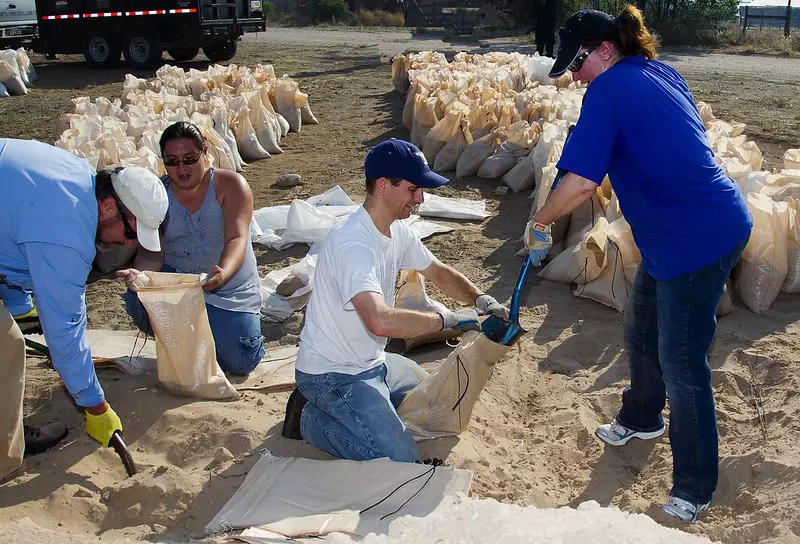
Conclusion
As it is quite evident from above, a variety of sandbags are available. You can find the perfect one for your needs by considering what type of material it is made of, how much weight it can hold, and what size you need.
Are you looking forward to purchasing a sandbag for ballast purposes? Or do you need one to create a fortified wall in your home to ensure flood safety? Look no further than Sino Concept – experts in creating sandbags and other traffic control devices.
We have orange, waterproof PVC sandbags designed to fulfil various functions. Check out our offerings today!

